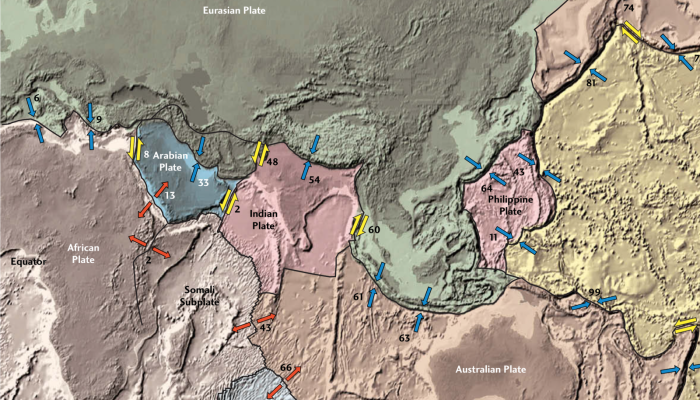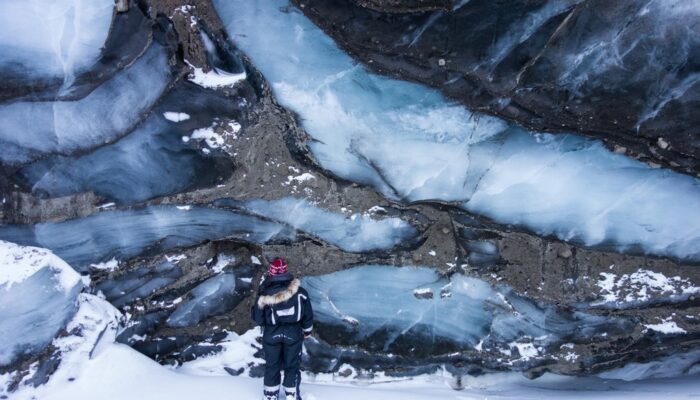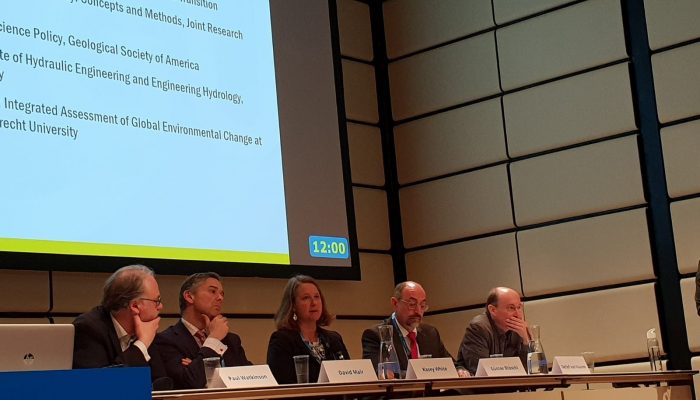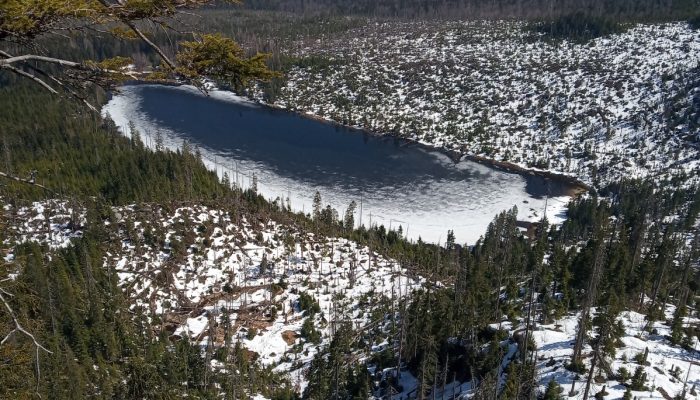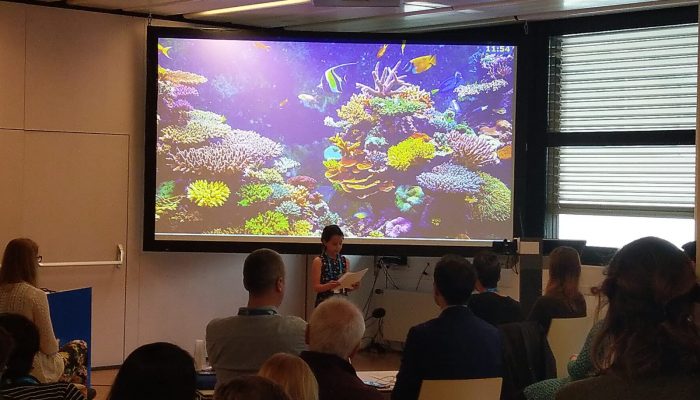What inspires you to be a scientist? For me, the motivation comes from a strong desire to make the world a better place, to use our skills and knowledge as scientists to help society and shape the future. Increasing our collaboration and involvement is an excellent way to expand our influence, but for early career scientists (ECS) like me, it can be a challenging task. EGU has an incredible opport ...[Read More]
Geodynamics
Travel log – The Kenya rift
A little over a year ago, I was lucky enough to join a field trip to the Kenya rift organized by Potsdam University and Roma III. This rift is part of the active East African Rift System, which I introduced in a previous blog post. With a group of 25 enthusiastic participants from Roma Tre, Potsdam University, Nairobi University and GFZ Potsdam (we somehow always managed to make the 20-person bus ...[Read More]
Stratigraphy, Sedimentology and Palaeontology
Paleontology is sexy! A selection of recent discoveries
The 2019 started with a relatively high number of paleontological discoveries published in highly ranked journals showing that paleontology is sexy indeed! Here you can find a small selection of the most recent ones. The studies in micro- and macropaleontology published earlier this year, provide a large contribution to our understanding of organism evolution and response to peculiar environmental ...[Read More]
Tectonics and Structural Geology
Meeting Plate Tectonics – Francis Albarède
These blogposts present interviews with outstanding scientists that bloomed and shape the theory that revolutionised Earth Sciences — Plate Tectonics. Get to know them, learn from their experience, discover the pieces of advice they share and find out where the newest challenges lie! Meeting Francis Albarède Francis Albarède started his career as an undergraduate student in Natural Sciences at the ...[Read More]
GeoLog
Imaggeo on Mondays: Up close and personal with Svalbard glaciers
A University Centre in Svalbard (UNIS) Glaciology student examines the calving front of the Paulabreen glacier [in Spitsbergen, Svalbard], taking advantage of sea ice in the Rindersbukta fjord to safely approach the front. Paulabreen is a surge-type glacier, which means that it periodically switches between long periods of slow, stable flow to short-lived periods of very fast flow during which it ...[Read More]
Natural Hazards
Alpine rock instability events and mountain permafrost
Rockfalls, rock slides and rock avalanches in high mountains The terms rockfall, rock avalanche and rockslide are often used interchangeably. Different authors have proposed definitions based on volume thresholds, but the establishment of fixed boundaries can be tricky. Rockfall can be defined as the detachment of a mass of rock from a steep rock-wall, along discontinuities and/or through rock bri ...[Read More]
GeoLog
GeoPolicy: Science in policymaking: Who is responsible?
Should scientists actively approach policymakers in order to guide their decision-making processes, or is it the policymakers’ responsibility to seek scientific advice? In the first of the Great Debates at this year’s European Geosciences Union General Assembly in Vienna a mixed panel of policymakers and geoscientists tried to answer who should be responsible for making sure that science was used ...[Read More]
Cryospheric Sciences
Image of the Week – Life in blooming melting snow
The new snow melting season has just started in the mountains of Europe and will last, in many alpine places, until the end of June. Weather in the middle of April is changeable. In the last few days sub-zero air temperatures have prevailed in the mountains during the day. In a frame of an international research project, me (Charles University) and Daniel Remias (Applied University Upper Austria), ...[Read More]
Geology for Global Development
When are Californian earthquakes coming back with vengeance? How does climate-change-induced flooding increase inequality? Lessons from Cyclone Idai; that and more in Jesse Zondervan’s April 2019 #GfGDpicks #SciComm
Each month, Jesse Zondervan picks his favourite posts from geoscience and development blogs/news which cover the geology for global development interest. Here’s a round-up of Jesse’s selections for the last month: California seems to be overdue for earthquakes, meaning there has been a so-called earthquake ‘drought’ in the last century. Paleoseismic studies show that this hiatus is unprecedented i ...[Read More]
GeoLog
GeoTalk: “Grown-ups are not focusing on the plastic problem, not as much as I want them to”
Lucie Parsons, a ten-year old girl from the small village of Walkington, in England, is on a personal mission to save the environment from plastic pollution. After seeing on the BBC Blue Planet II documentary how litter in the ocean is damaging ecosystems, she decided to take action. Now she gives talks and is co-researcher in her mother’s PhD on climate change and the youth voice. Lucie has come ...[Read More]



